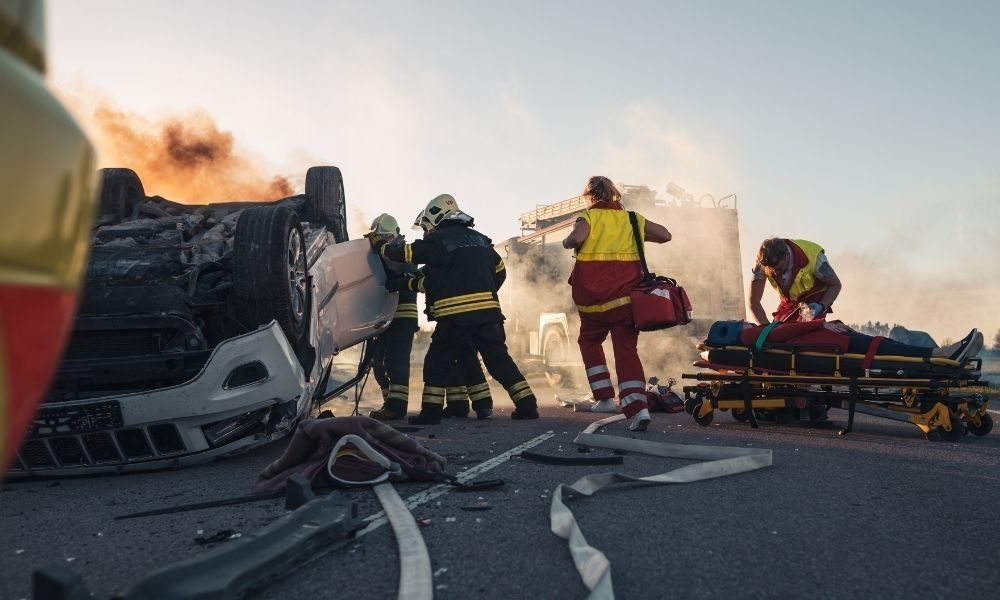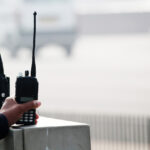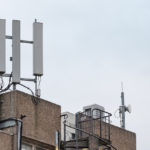What happens when a regular day turns into an emergency situation? Fires, earthquakes, floods, robberies, vehicle crashes, and shootings can happen at any time. That’s why we have first responders. They are the first emergency personnel on site, prioritizing safety and situation assessment. First responders have to act quickly because an emergency won’t wait on backup. When they arrive on the scene, first responders need seamless communication in order to do their job. So let’s look at how first responders communicate during an emergency.
First Responders Use Dispatch Communication
In order to find out where and when an emergency is taking place, first responders must communicate with dispatch. Dispatch usually contacts them using radio. The information they are given by dispatch can affect how first responders approach the emergency from the very start, so this step is vital.
First Responders Use Team Communication
When first responders arrive at the site of an emergency, they will first assess the situation. This often requires splitting into teams to assess the safety of the area as quickly as possible. An emergency responder radio communication system (ERRCS), also known as Public Safety DAS, enables clear and quick communication between different teams as they evaluate the situation upon arrival.
First Responders Use Crisis Communication
First responders must be a reassuring presence to the people they are helping. There are many strategies first responders use, but in general they strive to create a calming environment, build trust, and display competence.
First Responders Use Hospital Communication
If there are wounded at the scene of an emergency, first responders will need to contact nearby hospitals to find out who can admit the patient(s). If there is poor radio reception or poor cell phone reception inside of a building, those hurt may not receive the care they need in time. This is why a reliable distributed antenna system (DAS) is necessary, especially in hospitals.
First Responders May Request Backup
The first responders’ job is to assess the situation and determine if more personnel are required. Police may need to call EMTs and firefighters, for example. A Public Safety DAS (also called ERRCS) enables first responders to get the help they need in order to resolve the emergency. Without it, time and lives could be lost.
Knowing how first responders communicate during an emergency makes it strikingly clear how necessary DAS is to public safety. Installing an ERRCS is key to ensuring first responders don’t run into reception dead zones on the job, which could cost the lives of emergency victims. An ERRCS improves radio and cell signal so police, firefighters, and EMS can stay in contact with their teams, hospitals, dispatch, and backup. Contact Harris Communications to get the best DAS design for your specific building and needs.







